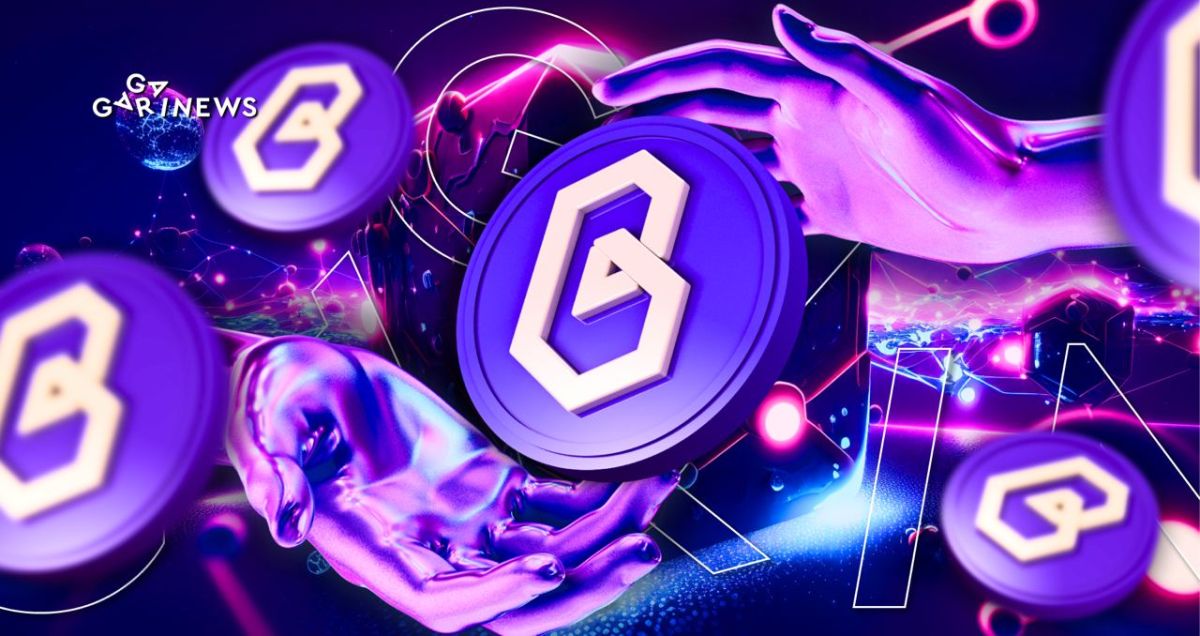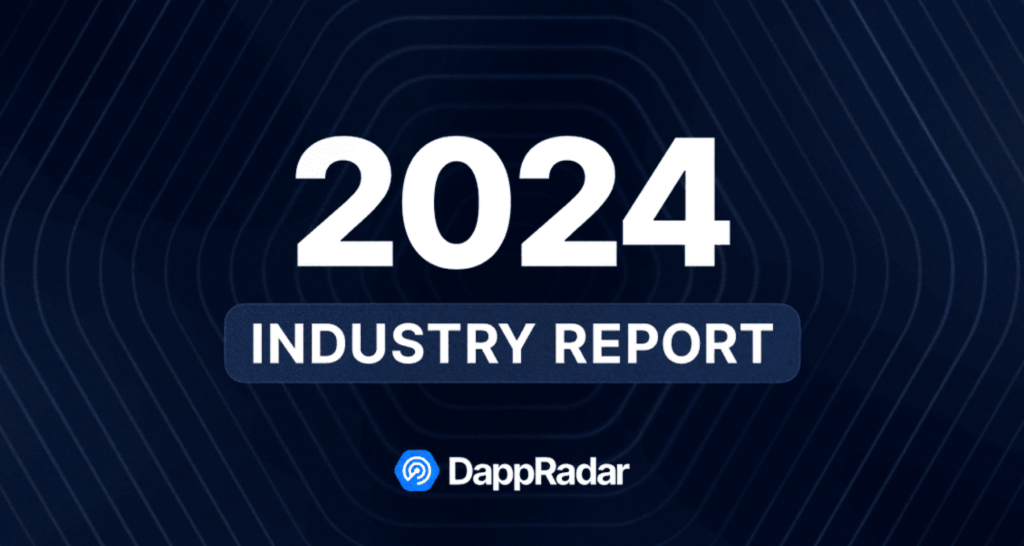Connecting Web2 and Web3: The Role of Band Protocol

Blockchains serve as immutable, peer-to-peer databases, facilitating consistent verifiable computations via computers. However, inherently, they lack connection to data outside of the blockchain itself.
On this page
Partially, the gap between blockchains and the external world can be bridged with smart contracts. Alongside rules and execution stipulations, they can contain data about price movements, various events, and values. Smart contracts retrieve information from conventional Web2 APIs, but computer algorithms aren't capable of doing this autonomously.
This is where cross-network blockchain oracles step in, enabling a dialogue between internet data and smart contracts. One such oracle is the Band Protocol.
Band Protocol conveys information from trusted websites and applications, eschewing centralized control and computer nodes. The latter, if failed, could incapacitate the whole system. Thus, Band Protocol establishes a secure conduit of information between Web2 and Web3.
The data integrity relayed by Band Protocol to smart contracts is safeguarded by BandChain blockchain, which is backed by the native token BAND.
Infographic illustrating the purpose of Band Protocol. Source: bandprotocol.com
How does Band Protocol operate?
Before transmitting information through smart contracts to other blockchains, Band Protocol's oracle sends it to its own public blockchain, BandChain.
Oracle scripts, developed in the WebAssembly programming language, construct data extraction requests. After acquiring the necessary data, these scripts compile it, package it into a cryptographic structure, and transmit it to BandChain. These results are then conveyed to additional distributed ledgers, either through the Inter-Blockchain Communication (IBC) protocol or via one-way cross-chain bridges.
BandChain, constructed on the Cosmos SDK, is safeguarded by cryptographic proof and consensus algorithms like Tendermint and Byzantine Fault Tolerance. There are 77 validators on the network, with an average query processing time of around 6 seconds. It has the capacity to process over 30,000 data requests daily.
BandChain is compatible with any decentralized applications (dApps), blockchains based on smart contracts, and blockchain development platforms. It serves to alleviate the workload from oracle-connected distributed ledgers by processing external data and delivering the final result.
Developers from other blockchains can request network data related to tokens and transactions from Band Protocol, aside from the information available on the internet.
What is the purpose of the BAND token?
BAND is the native token of the BandChain blockchain, and it ensures the security and smooth functioning of the cross-network oracle. Validators stake BAND, and other holders of Band Protocol's own tokens can delegate them to validators they trust.
BAND is essential for executing data requests, being used as the transaction fee. Moreover, staking rewards are paid out in BAND to validators and delegates.
This type of internal economy guarantees all parties involved in the information transmission process are aligned. The more usage BandChain sees, the higher the profits that token holders receive.
The BAND token was introduced in 2019 through an Initial Exchange Offering (IEO) on Binance's Launchpad. Roughly 27% of tokens from the maximum supply were sold during the seed, private, and public sales. At the time this article was written, the market capitalization stood at $179 million, with 126.1 million coins circulating.
BAND is available for trading on exchanges such as Poloniex, Bittrex, WhiteBIT, Kraken, Bitfinex, and Coinbase, among others.
Who established the Band Protocol (BAND)?
The project was founded by three individuals – Soravis Srinawakoon, Sorawit Suriyakarn, and Paul Nattapatsiri.
Soravis Srinawakoon is the Chief Executive Officer of Band Protocol. He formerly worked as a software engineer at Ericsson and was also a part of The Boston Consulting Group. Sorawit Suriyakarn, the second co-founder, serves as the Technical Director of the blockchain oracle and has worked as a software engineer at Dropbox and Quora in the past.
Paul Nattapatsiri, the Product Manager, has experience as a web developer at companies like Turfmapp and Tripadvisor.
The content on The Coinomist is for informational purposes only and should not be interpreted as financial advice. While we strive to provide accurate and up-to-date information, we do not guarantee the accuracy, completeness, or reliability of any content. Neither we accept liability for any errors or omissions in the information provided or for any financial losses incurred as a result of relying on this information. Actions based on this content are at your own risk. Always do your own research and consult a professional. See our Terms, Privacy Policy, and Disclaimers for more details.



























